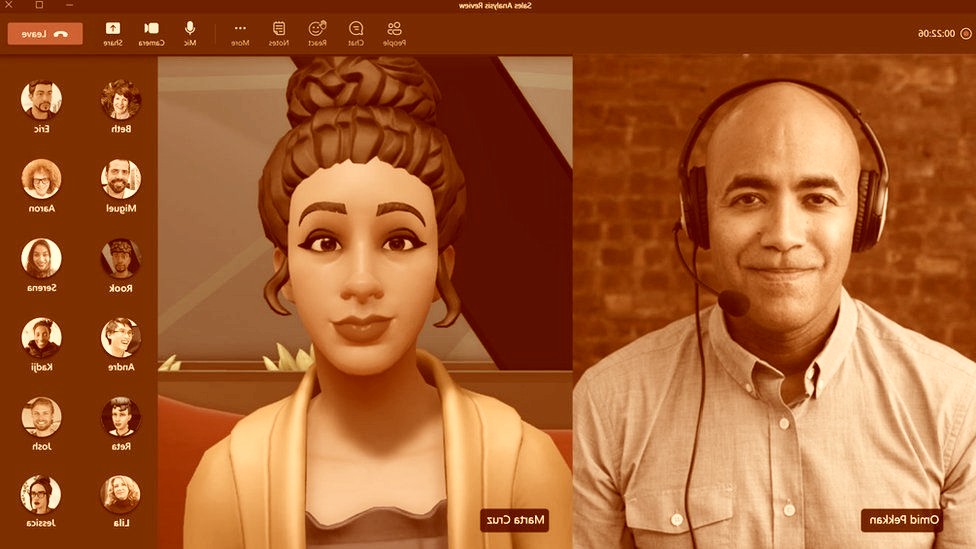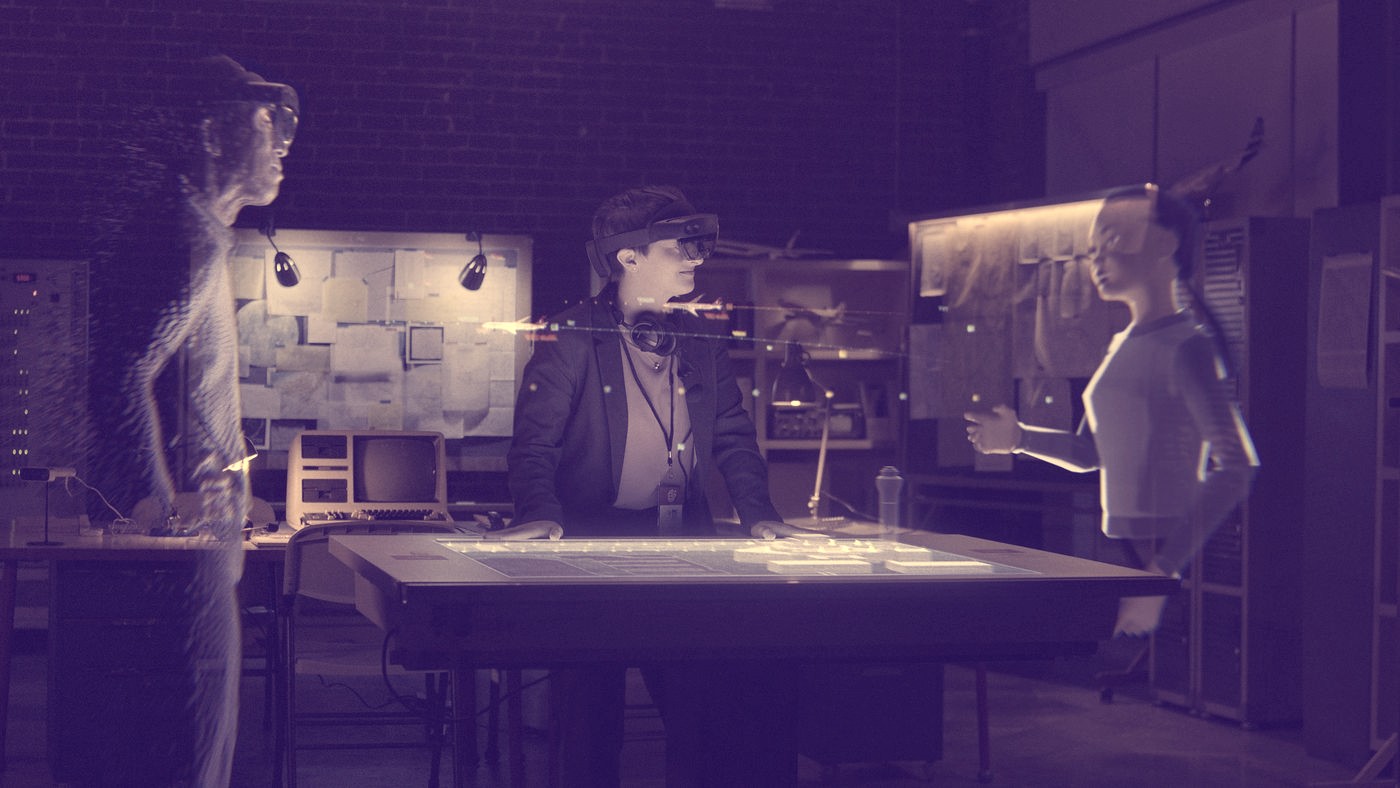Microsoft says it is adding 3D avatars and virtual environments to its Teams chat system as part of its push into the “metaverse.”
It claims that its “Mesh” platform will enable people to meet in virtual space. Either with or without a virtual reality headset. Microsoft says the new “immersive meetings” features will be available in the first half of 2022.
It comes after Facebook displayed similar virtual chat rooms as part of its rebranding as Meta.

While there is no definitive definition of a “metaverse”. Most versions envision a future version of the Internet with a diverse set of interconnected virtual worlds ranging from gaming to education.
Both Microsoft and Meta are betting heavily on 3D chat and collaboration as a key component of their initial offering.
Teams is Microsoft’s workplace chat and video conferencing service, akin to Zoom or Google Meet, with a home version.
No more webcams
Microsoft, on the other hand, seems less concerned with the requirement for a virtual reality (VR) or augmented reality (AR) headset. Despite the fact that it will support both.
For example, 3D avatars will be able to represent a person in a remote Teams meeting who does not want to turn on their webcam. And additionally will be able to appear on a standard two-dimensional computer screen.
“AI will replicate movements and gestures that allow you to convey your physical presence to the conversation. Even when the camera is off,” the company claims.
When a microphone picks up the user speaking, avatars will be able to animate mouth movement to “provide further expressiveness,”. According to the company.
Companies and groups will be able to construct their own 3D meeting places. Which will be functional in both 2D and 3D.
Microsoft wants to let users who have a sufficient virtual reality or augmented reality headset to walk around virtual surroundings using the technology, while it is not necessary.
Consulting firm Accenture used the technology to “onboard” thousands of new employees during the pandemic.
Microsoft has its own augmented reality division, which produces the Hololens headset. It is, however, intended towards enterprise users, unlike Facebook’s Oculus and Valve’s Index VR gaming headsets.
It has a distinct purpose, combining digital overlays with real-world vision. Additionally it is much more expensive, costing thousands of dollars.
“The most important thing is that we can take our humanity with us and select how we want to experience this world,” Microsoft CEO Satya Nadella said at the company’s Ignite event.
“The metaverse is not only transforming the way we see the world, it’s changing the way we all actively participate in it.”









 and then
and then